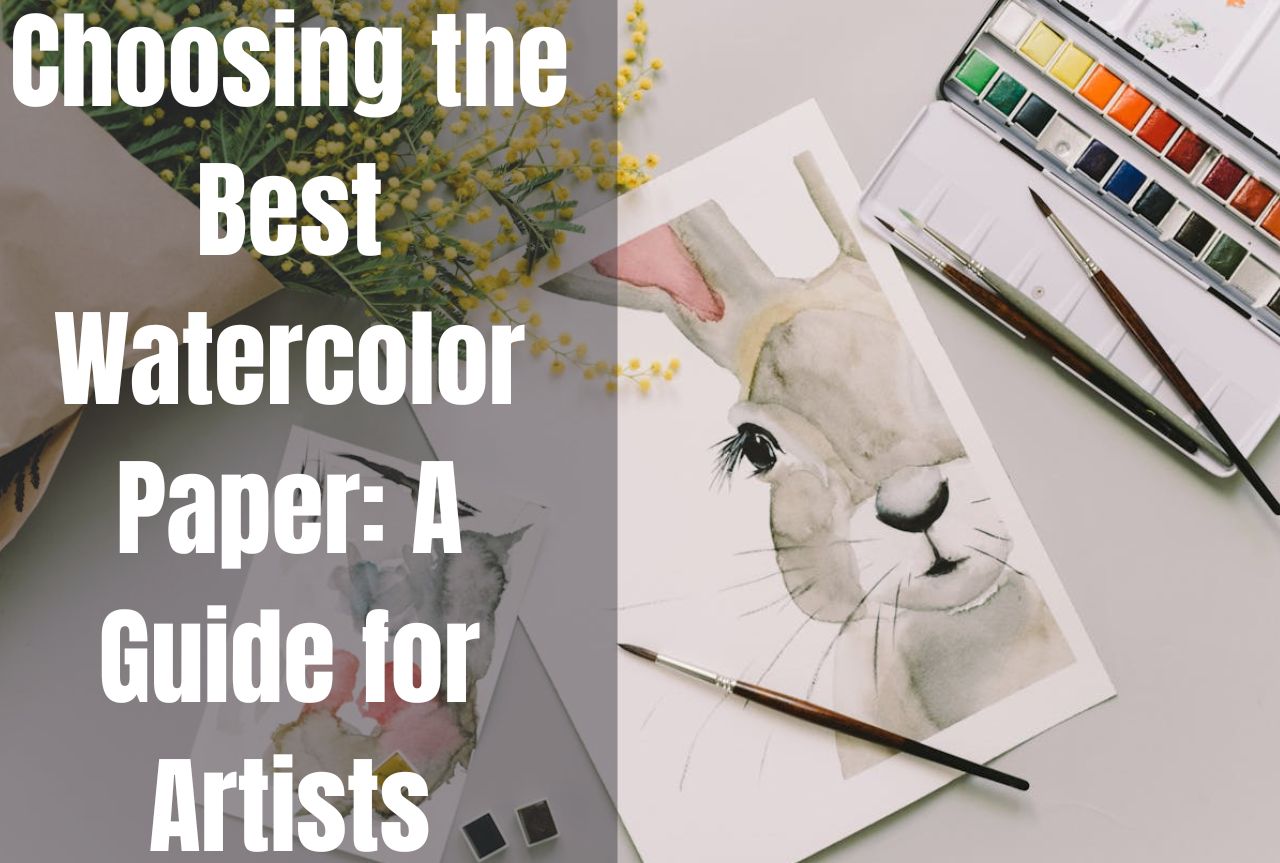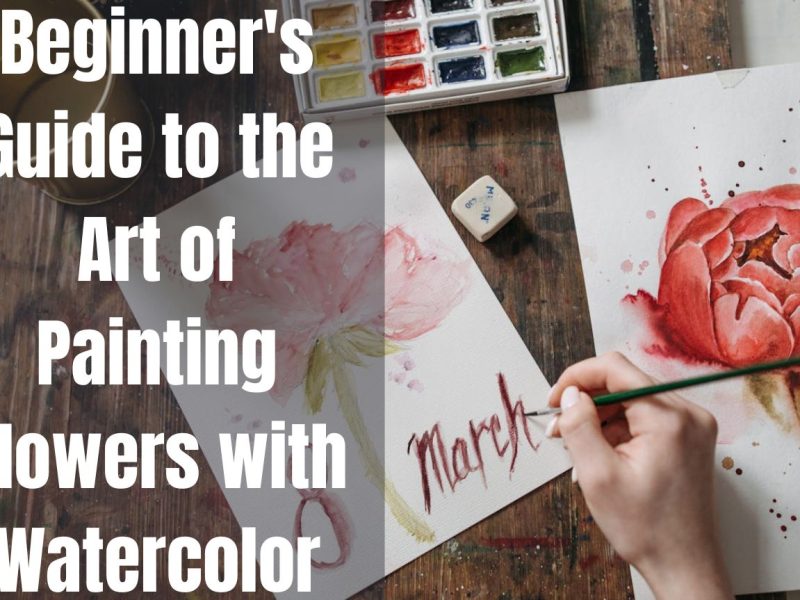Watercolor painting is a stunning and expressive art style that has endured for millennia. The delicate dance of colors on paper can elicit a wide range of emotions, from tranquil to vivid. However, the paper serves as the foundation for any outstanding watercolor painting. Choosing the correct watercolor paper is critical for artists of all skill levels, as it has a considerable impact on the ultimate output of their work.
Understanding Watercolor Paper
Before we understand the intricacies, it’s important to understand what watercolor paper is and how it differs from other paper types.
The Basics of Watercolor Paper
Watercolor paper is specifically designed to handle wet media like watercolor paints. Unlike conventional paper, it is usually made of cotton or a combination of cotton and cellulose fibers, allowing it to resist several washes without warping or deterioration. Watercolor paper’s surface is rough, or “toothed,” to improve pigment absorption.
Types of Watercolor Paper
There are three primary varieties of watercolor paper:
- Hot-pressed: Smooth and fine-grained, perfect for detailed work.
- Cold-pressed: Slightly textured, a versatile option for most artists.
- Rough: Highly rough, ideal for powerful expressions and washes.
Each style provides distinct advantages and might impact the texture and appearance of the painting.
Factors to Consider When Selecting Watercolor Paper
Weight, texture, and material are just a few considerations when selecting the ideal watercolor paper.
Weight and Texture
The weight of the paper is expressed in pounds per ream or grams per square meter. Heavier papers, typically designated as 300 lb or 640gsm, may absorb more water and rarely require stretching. The smooth or rough texture can add dimension to your painting.
Material and Quality
The paper’s content is also important. High-quality, 100% cotton paper is more durable and absorbent than low-cost cellulose substitutes. It’s also less likely to yellow over time, so your artwork will endure longer.
Popular Brands and Their Offerings
Several brands are known for producing high-quality watercolor papers. Brands such as Arches, Fabriano, and Winsor & Newton provide a variety of alternatives to suit varied tastes and budgets.
Trusted Brands in Watercolor Paper
- Arches is well-known for its professional-grade 100% cotton papers.
- Fabriano provides both high-quality and student-grade papers.
- Winsor & Newton: Offers a wide range of papers appropriate for artists of all levels.
Reviews and Recommendations
It’s usually a good idea to read reviews and get recommendations from other artists. This can help you understand how different articles perform using different strategies.
Practical Tips for Using Watercolor Paper
Proper preparation and technique are essential for making the most of your watercolor paper.
Preparing Your Paper
Stretching your paper is a typical strategy to avoid warping. Soak the paper first, then tape or staple it to a board to dry.
Techniques for Best Results
Experiment with various approaches to see how they work with your chosen paper. For example, some papers may be better suited to glazing than others.
Preserving Your Watercolor Artwork
Once you’ve finished your work, you should try to preserve it.
Long-Term Care of Watercolor Paintings
Keep your paintings in a cool, dry area out of direct sunlight. To prevent degradation, use archival-quality matting and frames.
Conclusion
Choosing the appropriate watercolor paper is a discovery process. Understanding the many types, weights, and textures available allows you to choose the ideal paper to bring your artistic vision to life.
FAQs
What’s the finest watercolor paper for beginners?
A decent place to start for beginners is with cold-pressed, 140-pound paper.
How does the weight of the watercolor paper affect the painting?
Heavier papers can withstand more water and are less prone to warping.
Can watercolor painting be done on normal paper?
Regular paper is not suggested because it can disintegrate when wet.



